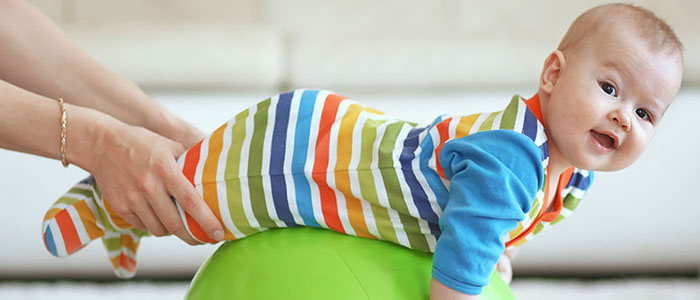-
Your shopping cart is empty!

Paediatric Physiotherapy is the assessment and treatment of children with developmental, neurological and growth related conditions. It takes into consideration the unique needs, anatomy and biomechanics of children from birth until full growth and development has occurred. The goal of paediatric physiotherapy is to facilitate participation, development and independence in life taking into consideration the unique, ever-changing needs of the growing baby, child and adolescent.
Paediatric physiotherapy is best suited for those with:
Developmental milestones
Developmental milestones are behaviours or physical skills seen in infants and children as they grow and develop. Rolling over, crawling, walking, and talking are all considered milestones. The milestones are different for each age range. Closely watching a "checklist" or calendar of developmental milestones may trouble parents if their child is not developing normally. At the same time, milestones can help to identify a child who needs a more detailed check-up.
Normal baby development falls under two categories. The first is gross motor development which includes lying down, rolling, sitting, standing and walking. The second is fine motor development which includes things like grasp and release. The developmental milestones are outlined below.
0-3 months
3 – 6 months
9 – 12 months
12 – 18 months
Older than 2 years of age
When to see a physiotherapist
Child should be referred to a physiotherapist when they have problems with gross and fine motor skills (such as doing up buttons), posture and balance problems (such as frequently tripping or falling), neurological problems (such as stiffness or floppiness), or continence problems (such as constipation or bed-wetting).
Modes of therapy available
There are many different modes of therapy available to help children reach their developmental milestones. Hydrotherapy is useful as the water buoyancy helps the muscles to do activities that are difficult to do on land. Neurodevelopmental Therapy (NDT) can help overcome neurological impairments and develop motor skills. Core strengthening, Swiss ball therapy and taping help children to perform a wide range of musculoskeletal activities by increasing their coordination and muscle strength.
References